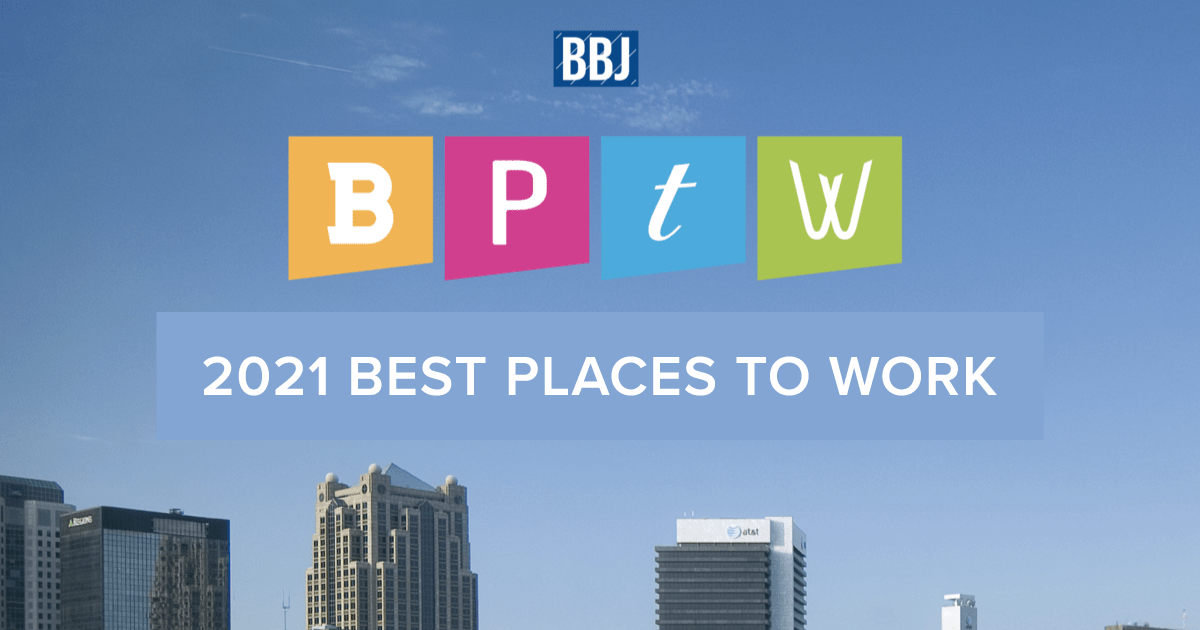It’s the stuff of nightmares for any business. At first, all you needed was a spreadsheet. As you ...
- Code (35)
- Tech (32)
- Leadership (27)
- Best Practice (21)
- UX Design (18)
- Airship News (14)
- Industry (14)
- Birmingham (11)
- Process (11)
- Products (11)
- Ruby (7)
- Tools (7)
- Hiring (6)
- React Native (5)
- Open Source (4)
- DEI (3)
- Maintenance (3)
- Uncategorized (3)
- Accessibility (2)
- Git (2)
- User Research (2)
- Mobile (1)
One of our amazing crew members and product designers shares why representation matters in tech, ...
After four consecutive years of finishing in the top 3 of the BBJ's annual list of Best Places to ...
Much like regular muscles, creative muscles must be exercised in order to grow. Thankfully, there's ...
So you understand the definition of a minimum viable product in software development. Now, you’re ...
This blog post describing what MVP means in software development was originally published in ...
Hello, my name is Josh Hubers. I'm a Voyage Builder here at Airship, and my wife and I live in an ...
At Airship, we acknowledge that voices have been underrepresented in our communities and in our ...
For the past 10 years, Global Accessibility Awareness Day (GAAD) has focused on the importance of ...
Websites, web apps, and mobile applications all have one thing in common - they are built for ...

Start with: What problem are you trying to solve?
One of the activities we work through revolves around refining your problem statement. A problem statement is the key business problem that needs to be solved. In software development, it states “what has to be done” for a project to succeed. It does not say, “how it has to be done.”
We use the 5W’s + 1 H format as well as the SMART Framework when establishing a problem statement. In fact, you can draft your own problem statement by using our free download. This download will get you thinking through some of the questions and answers prior to starting your project.











